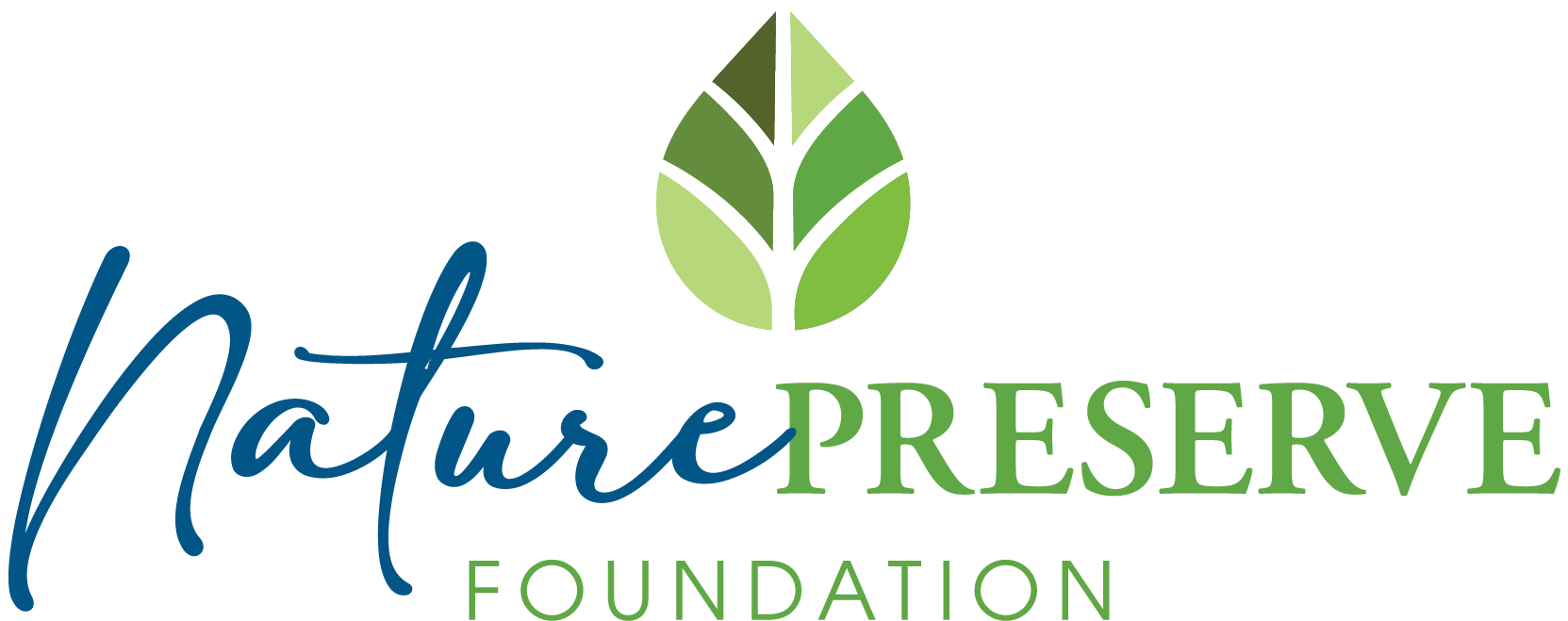Who Lives on the Prairie?
The Illinois Prairies
Prairies are a key habitats in Illinois – providing a home to a diverse population of plant and animal species that are specialized to life on a Prairie. Sedges and grasses are common prairie plants – and prairie flowers typically have an extensive root system adapted to conditions on the prairie. Once a common landscape, covering 60 percent of the state – now the Prairie State boasts a mere .01 percent prairie coverage.
Remember, a picture is worth a thousand words, but nothing can replace visiting the prairie and experiencing it firsthand. Visit the Watershed’s native prairie habitat and explore for yourself!
